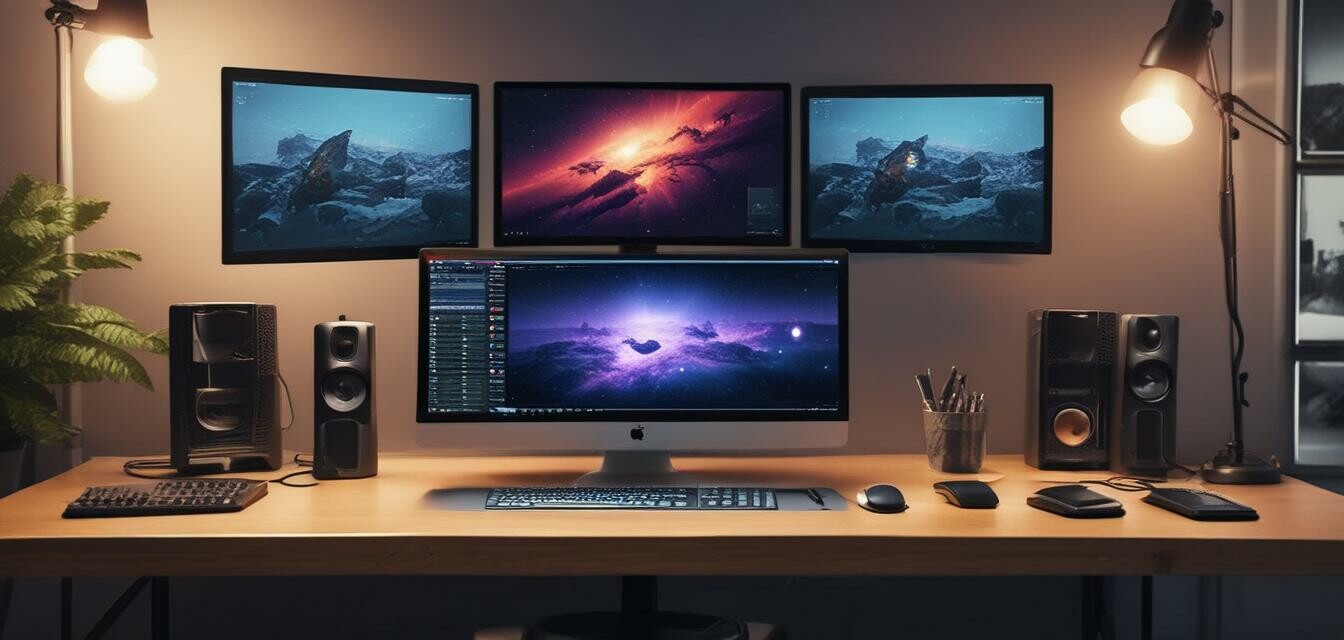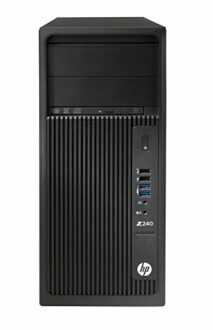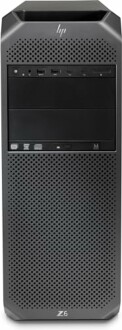
Optimizing Workstation Performance for Heavy Tasks
Key Takeaways
- Upgrading hardware components like RAM and storage can significantly improve performance.
- Regularly updating software and drivers is essential for optimal performance.
- Task management techniques can enhance productivity on heavy workloads.
- Consider using solid-state drives (SSDs) for faster data access.
- Monitor system temperatures and resource usage to ensure efficient performance.
Workstations are designed to handle heavy tasks like 3D rendering, video editing, and data analysis. However, over time, even the most powerful machines can face performance challenges. In this guide, we will explore various methods to optimize your workstation's performance, from hardware upgrades to software configurations and task management techniques.
Understanding Workstation Requirements
Before diving into optimization tips, it’s crucial to understand the specific requirements of the tasks you perform. Different applications have varied demands. For instance, software used in CAD and graphic design requires higher CPU and GPU capabilities compared to typical office applications.
Assessing Current Hardware
Start by evaluating your workstation's current specifications. Here’s a quick checklist of components to examine:
- CPU: Look for multi-core processors such as Intel's i7 or Xeon series for demanding applications.
- RAM: Aim for at least 16GB, but upgrading to 32GB or more is beneficial for heavy tasks.
- Graphics Card: Invest in a dedicated GPU for tasks requiring graphics rendering.
- Storage: Solid-state drives (SSDs) offer better speed compared to traditional hard drives.
Hardware Upgrades
If your workstation is showing signs of lag or slow processing, hardware upgrades can be the solution. Consider the following enhancements:
1. Upgrade RAM
Increasing the RAM allows more applications to run simultaneously without slowing down your system. Here's how much memory you might need based on your tasks:
| Usage Type | Recommended RAM |
|---|---|
| Basic Office Work | 8GB |
| Graphic Design | 16GB |
| Video Editing | 32GB |
| 3D Rendering or CAD | 64GB+ |
2. Invest in an SSD
Swapping your traditional hard drive with an SSD drastically reduces load times and improves overall performance. SSDs are faster and more reliable, which is crucial for data-intensive tasks.
3. Upgrade Your Graphics Card
If you're engaged in CAD or 3D modeling, a dedicated graphics card like Nvidia Quadro can make a significant difference.
HP Z240 Workstation i7-6700
This workstation features an Intel i7-6700 processor, 16GB RAM, and powerful Nvidia GPU, perfect for CAD and gaming alike.
Learn MoreSoftware Optimization Techniques
Hardware upgrades are important, but software plays a vital role in workstation performance as well. Here are some effective techniques:
1. Regular Updates
Always keep your operating system and software up to date. Updates often contain performance improvements and security patches that can help your workstation run smoother.
2. Optimize Startup Programs
Disable unnecessary startup programs to speed up boot time. You can manage these in the Task Manager on Windows.
3. Clean Up the Hard Drive
Regularly delete unused files and programs. Utilizing built-in tools like Disk Cleanup helps free up space and can enhance speed.
Best Practices for Task Management
Lastly, optimizing how you manage tasks can help improve performance. Here are some practices:
1. Prioritize Tasks
Use tools to prioritize tasks based on urgency and importance. This ensures that you allocate system resources effectively.
2. Monitor Resource Usage
Keep an eye on CPU and RAM usage with tools like Task Manager or Resource Monitor to understand where optimizations are necessary.
Conclusion
Optimizing your workstation for heavy tasks can lead to a noticeable improvement in performance and productivity. By upgrading hardware, implementing software optimizations, and managing tasks efficiently, you can ensure your workstation runs at its best.
HP Z6 G4 Workstation
A powerful workstation equipped with an Intel Xeon processor, 64GB RAM, and Nvidia Quadro RTX for top-tier performance in professional applications.
Learn MoreFurther Reading
For more insights on enhancing your computing experience, check out our detailed articles:

